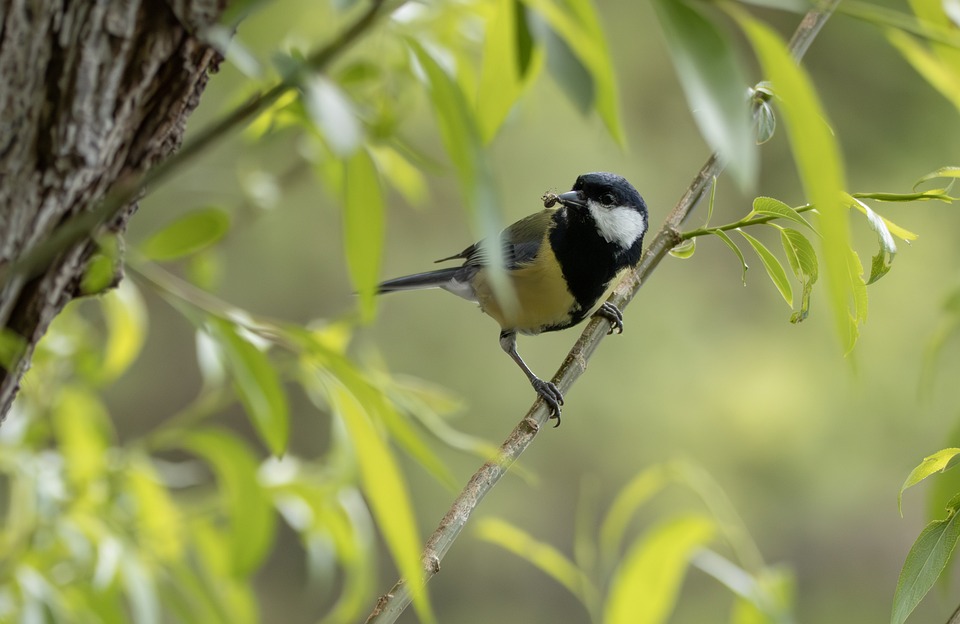The Common Treeshrew, scientifically known as Tupai glis, is a fascinating creature that often gets mistaken for a squirrel due to its appearance and behavior. However, this small mammal belongs to the tree shrew family and is one of the largest species within this group, measuring between 16cm and 21cm in length on average. With its distinctive features and unique habits, the Common Treeshrew is a captivating subject for wildlife enthusiasts and researchers alike.
One of the most striking characteristics of the Common Treeshrew is its coloration, which typically ranges from brown to gray or olive. This camouflaged coat helps the treeshrew blend in seamlessly with its natural habitat, making it less vulnerable to predators. Found in Peninsular Malaysia, south Thailand, Singapore, and parts of Indonesia, these creatures are well-adapted to their environment and play a crucial role in the ecosystem.
In terms of behavior, the Common Treeshrew is known for its agile movements and excellent climbing skills. They spend most of their time in trees, where they forage for food and seek shelter from potential threats. Despite their small size, treeshrews are territorial animals and will defend their territory from intruders. They are also highly social creatures, often forming small groups or pairs to navigate their surroundings and communicate with one another.
When it comes to diet, the Common Treeshrew is primarily omnivorous, feeding on a variety of insects, fruits, seeds, and small animals. Their diverse diet reflects their adaptability and resourcefulness in finding food sources within their habitat. This flexibility allows treeshrews to thrive in different environments and ensures their survival in the wild.
In terms of reproduction, Common Treeshrews typically mate during specific times of the year, with females giving birth to a litter of young after a gestation period. The young are cared for by both parents and learn essential survival skills from their elders. This parental care contributes to the overall success of the treeshrew population and ensures the continuation of their species.
Overall, the Common Treeshrew is a remarkable creature that deserves recognition for its unique characteristics and vital role in the ecosystem. By understanding more about these fascinating animals, we can appreciate the diversity of wildlife and the importance of conservation efforts to protect their natural habitats. Next time you spot a treeshrew in the wild, take a moment to observe its behavior and marvel at the wonders of nature.





